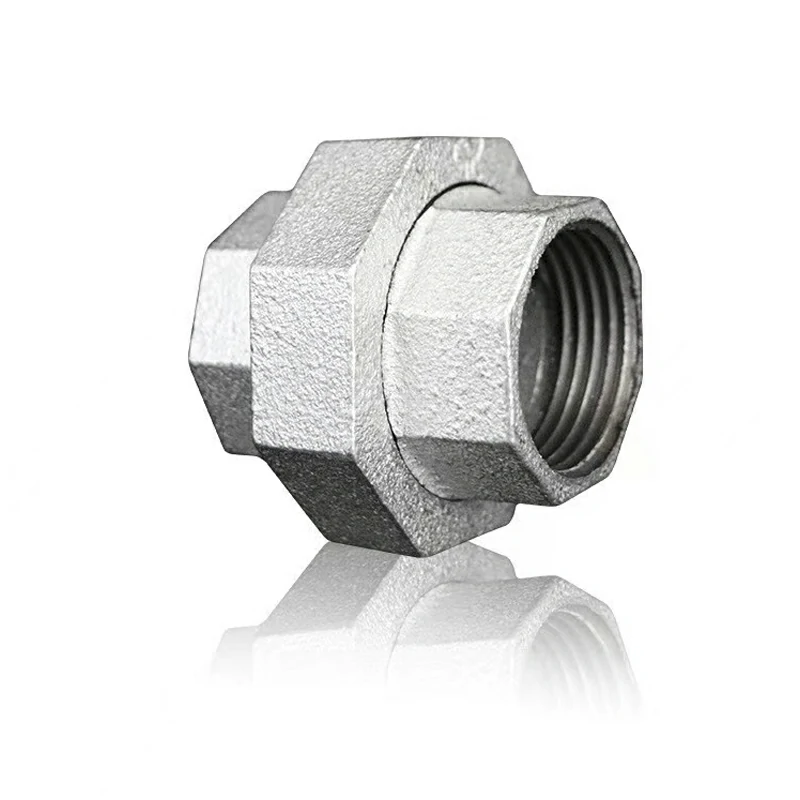Grooved fittings play a role in addressing potential issues related to water hammer in piping systems through their design characteristics and installation features. Water hammer, also known as hydraulic shock, occurs when there is a sudden change in fluid velocity within a pipe, leading to pressure surges and potentially damaging effects.
Grooved fittings contribute to minimizing the impact of water hammer in the following ways:
- Flexible Joint Design: Grooved fittings often utilize a flexible joint system, which allows for controlled movement within the grooved coupling. This flexibility helps absorb and dampen the energy generated during water hammer events, reducing the likelihood of pressure surges.
- Damping Effect: The grooved coupling’s design and the resilient gasket within the coupling can act as a dampening mechanism. This damping effect helps dissipate the energy generated by water hammer, preventing it from traveling extensively through the piping system.
- Reduction of Stress on Piping System: The flexibility of grooved fittings absorbs some of the stress caused by water hammer, distributing the impact across the system. This can help prevent damage to pipes, valves, and other components that may be vulnerable to high-pressure fluctuations.
- Slow Closure Devices: In certain applications, grooved fittings can be used in conjunction with slow closure devices, such as check valves or surge suppressors. These devices help control the rate of flow change, reducing the severity of water hammer.
- Material Selection: Grooved fittings are often made from materials with good durability and fatigue resistance. grooved fittings manufacturer This is essential for withstanding the repeated stress caused by water hammer events without compromising the integrity of the fittings.
- Installation Guidelines: Proper installation practices, including correct alignment and spacing of grooved fittings, are crucial for their effectiveness in addressing water hammer. Following manufacturer guidelines helps ensure that the fittings can absorb and mitigate the effects of sudden pressure changes.
- System Analysis: Hydraulic system analysis can be conducted to identify potential areas of concern and assess the susceptibility of the piping system to water hammer. This analysis helps determine the appropriate use of grooved fittings and other measures to address water hammer issues.
- Shock Arrestors: Grooved fittings can be integrated with shock arrestors or expansion chambers to absorb and dissipate energy during water hammer events. These devices provide additional protection against sudden pressure surges.
It’s important to note that while grooved fittings can contribute to addressing water hammer, the effectiveness of these measures may depend on the specific characteristics of the system, the severity of water hammer events, and the overall system design. Consulting with engineers, following industry best practices, and adhering to manufacturer recommendations are essential for successfully mitigating the impact of water hammer in a piping system that uses grooved fittings.
